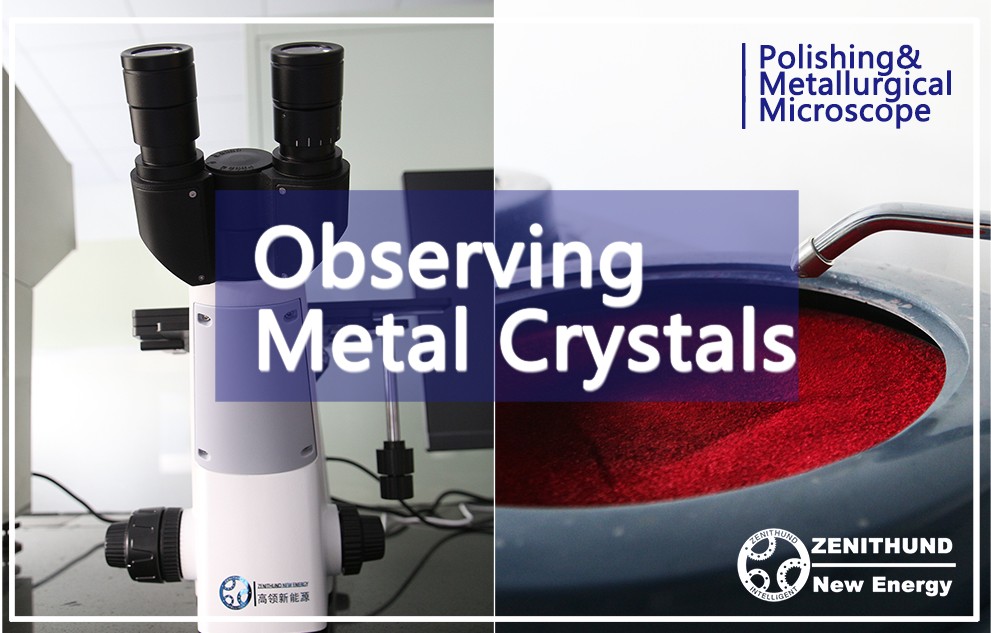


A metallographic microscope is an instrument that can observe the internal structure of metals. The crystallization of a metal refers to the arrangement of atoms in the metal, which affects the properties and characteristics of the metal. The metallographic microscope can magnify the image of the metal surface, showing the grain size, grain boundary, twins, inclusions and other organizational characteristics of the metal. In order to observe the crystallization of metals, it is necessary to cut, grind, polish and corrode the metal to make the surface smooth and reflect the real organizational structure³⁴. Different metals and alloys have different crystal forms, such as planar crystals, cellular crystals, dendrites, and equiaxed crystals. Observing the crystallization of metals can help analyze the properties, defects and causes of changes of metals.
A metallographic microscope is a tool used to observe the microstructure of metals, and its performance characteristics can be understood by observing the crystallization of metals. The following are the steps to observe metal crystallization using a metallographic microscope:
1. Sampling: Take a part of the metal material to be tested as a sample.
2. Inlaying: Embed the sample in a special colloid to facilitate subsequent operations.
3. Grinding surface: Grinding the grinding surface of the sample on sandpaper to make the surface smooth.
4. Corrosion: use corrosive agent to corrode the sample for easy observation.
5. Cleaning: Use a cleaning agent to remove corrosion on the surface of the sample.
6. Drying: Dry the sample for easy observation.
7. Observation: Use a metallographic microscope to observe the microstructure of the sample and observe its crystallization.
8. Record: Record the observed organizational characteristics, such as grain size, shape and other information.
9. Analysis: Based on the recorded information and analysis, draw conclusions about the performance characteristics of the metal, such as mechanical properties, corrosion resistance, etc.
Observing the crystallization of metals through a metallographic microscope can help us understand the performance characteristics of metals and provide a reference for subsequent material selection and use.
Recent News
Top ranking